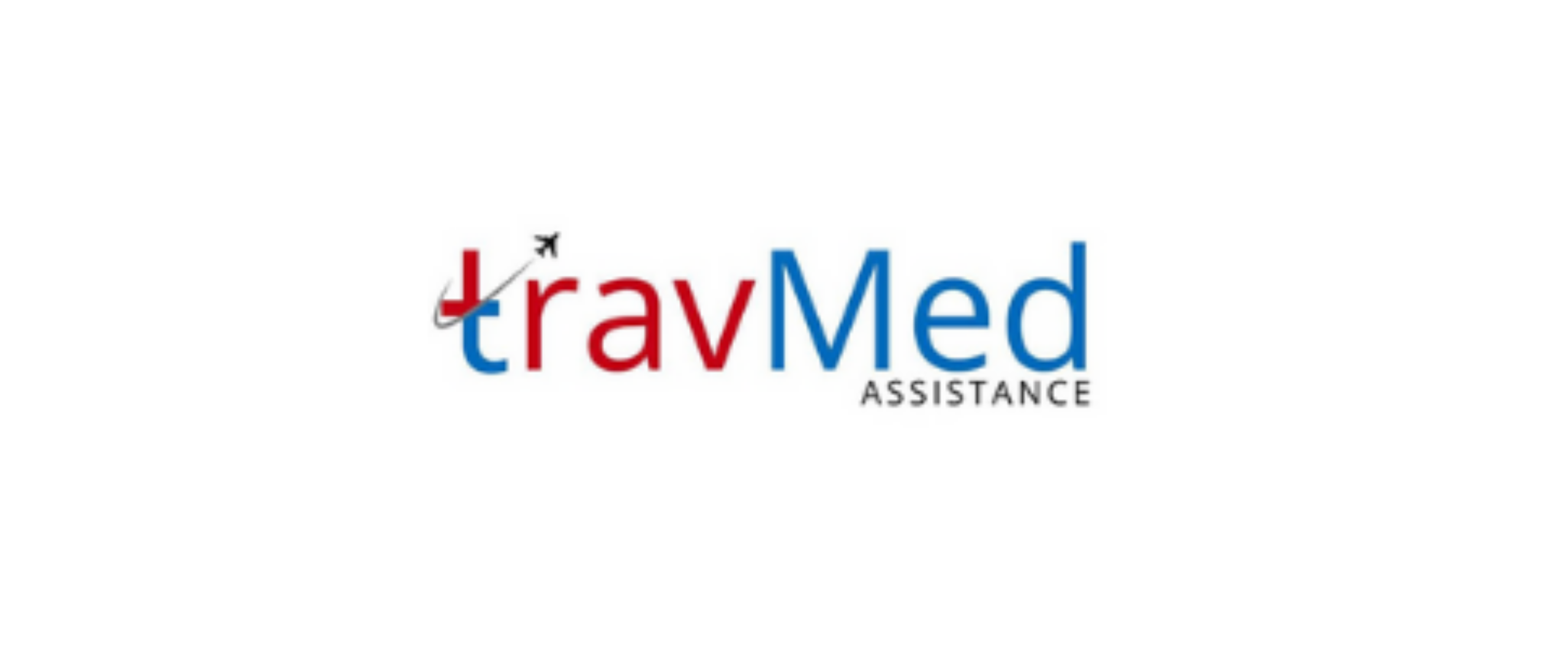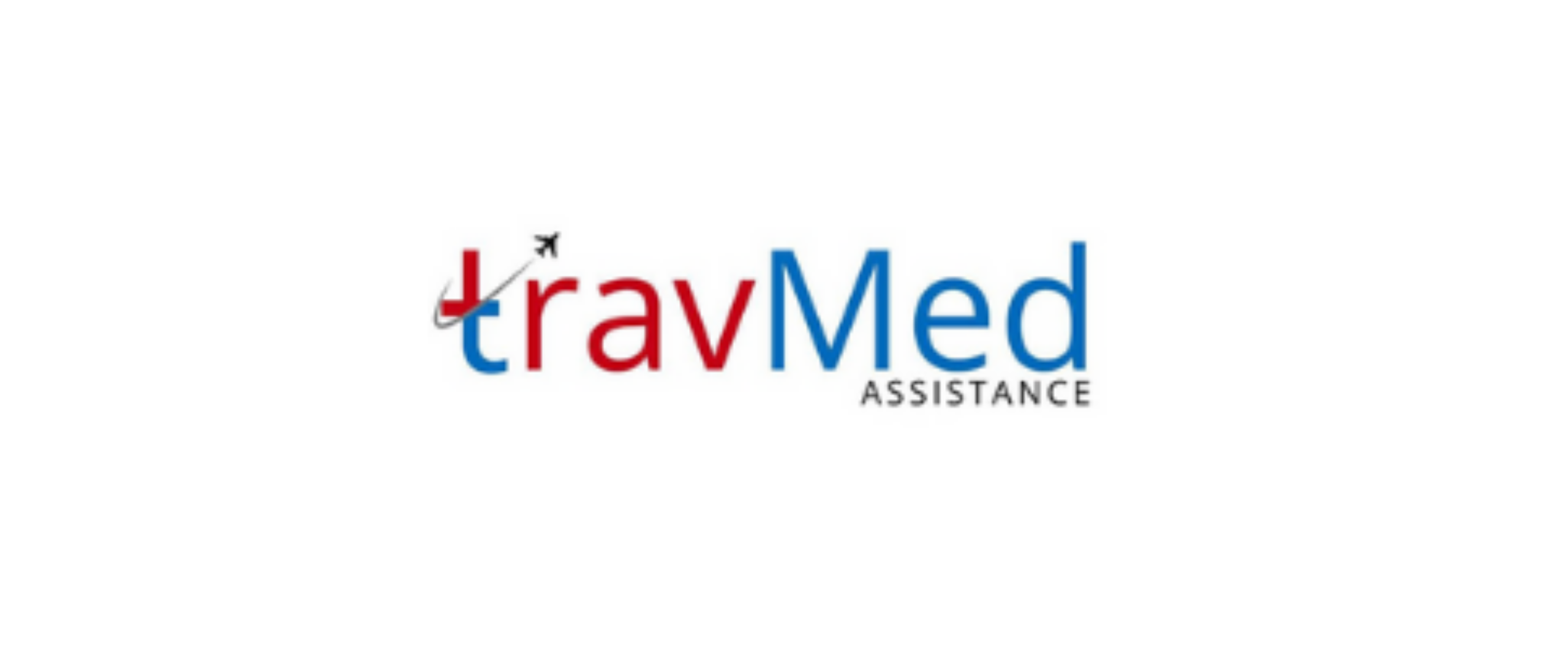
What is medical tourism in Nepal?
Medical tourism in Nepal refers to the practice of traveling to the country to receive medical treatment or undergo healthcare procedures. Nepal has emerged as a growing destination for medical tourists, offering a combination of quality healthcare services at competitive prices. The country’s medical facilities, particularly in urban areas like Kathmandu, provide a range of treatments including dental care, cosmetic surgery, alternative medicine, and specialized procedures. Nepal’s medical tourism sector benefits from its skilled healthcare professionals, many of whom have received training abroad, and its modern medical infrastructure. Additionally, the country’s natural beauty and cultural attractions make it an appealing destination for those seeking to combine medical treatment with a recuperative vacation.
Who provides claims management services?
Claims management services in Nepal are provided by various entities within the healthcare and insurance sectors. These include:
- Insurance companies
- Third-party administrators (TPAs)
- Specialized claims management firms
- Hospitals and healthcare providers
- Government health insurance programs
- International assistance companies
These service providers work to process, evaluate, and settle medical claims for both domestic patients and international medical tourists. They act as intermediaries between patients, healthcare providers, and insurance companies, ensuring smooth communication and efficient resolution of claims. Many of these providers have developed expertise in handling claims related to medical tourism, understanding the unique challenges and requirements of international patients seeking treatment in Nepal.
How does medical tourism work?
Medical tourism in Nepal operates through a structured process that facilitates treatment for international patients:
- Research and selection of healthcare provider
- Initial consultation and treatment plan
- Travel arrangements and visa processing
- Arrival and pre-treatment preparations
- Medical procedure or treatment
- Post-treatment care and recovery
- Follow-up consultations
- Return travel
Patients typically begin by researching Nepalese healthcare providers and treatments online or through medical tourism facilitators. Once a provider is selected, initial consultations are often conducted remotely. The healthcare provider or a medical tourism agency assists with travel arrangements and necessary documentation. Upon arrival, patients undergo pre-treatment assessments before receiving their medical care. Post-treatment, patients may stay for a recovery period, during which they can explore Nepal’s tourist attractions. Follow-up care is provided before the patient returns home, with provisions for remote consultations if needed.
What documents are required for claims?
For medical claims in Nepal, several documents are typically required to process and verify the claim:
- Medical reports and diagnosis
- Treatment plans and prescriptions
- Itemized bills for medical services
- Proof of payment (receipts, invoices)
- Insurance policy documents
- Identification documents (passport, visa)
- Claim form (provided by insurance company or TPA)
- Medical history records
- Physician’s notes and recommendations
- Laboratory and diagnostic test results
- Discharge summary (for inpatient treatments)
- Pre-authorization documents (if applicable)
The specific requirements may vary depending on the insurance provider, the nature of the treatment, and whether the claim is for domestic or international patients. It’s advisable for patients to maintain a comprehensive file of all medical documentation throughout their treatment process to facilitate smooth claims processing.
What is the process for managing claims?
The process for managing claims in Nepal’s medical tourism sector typically follows these steps:
- Claim initiation: Patient or healthcare provider submits claim
- Document verification: Claims manager checks for completeness of documentation
- Eligibility assessment: Verification of insurance coverage and policy terms
- Medical review: Evaluation of medical necessity and appropriateness of treatment
- Cost analysis: Assessment of charges against standard rates and policy limits
- Negotiation: Discussion with healthcare providers if discrepancies are found
- Approval or denial: Decision on claim based on review findings
- Payment processing: Disbursement of approved claim amount
- Communication: Informing all parties of claim status and decision
- Appeals handling: Managing any disputes or appeals against claim decisions
Throughout this process, claims managers maintain communication with patients, healthcare providers, and insurance companies to ensure transparency and address any queries. The aim is to process claims efficiently while preventing fraud and ensuring fair compensation for medical services rendered.
How much does medical tourism cost?
The cost of medical tourism in Nepal varies widely depending on the type of treatment, duration of stay, and chosen healthcare facility. Generally, medical procedures in Nepal are significantly less expensive compared to Western countries, making it an attractive option for international patients. For example:
- Dental procedures: $100 – $1,000
- Cosmetic surgery: $2,000 – $5,000
- Orthopedic surgeries: $3,000 – $10,000
- Cardiac procedures: $5,000 – $15,000
- Alternative medicine treatments: $500 – $3,000
These costs typically include the medical procedure, hospital stay, and basic follow-up care. Additional expenses to consider include:
- Travel costs (flights, local transportation)
- Accommodation for recovery period
- Visa fees
- Travel insurance
- Post-treatment medications
While costs are generally lower than in developed countries, it’s essential for patients to obtain detailed quotes and understand all potential expenses before committing to medical tourism in Nepal. Many healthcare providers offer package deals that include treatment, accommodation, and local transportation, providing a clearer picture of overall costs.
How are claims verified in Nepal?
Claims verification in Nepal involves a thorough process to ensure the legitimacy and accuracy of medical claims:
- Document authentication: Verifying the authenticity of submitted medical records and bills
- Provider verification: Confirming the credentials and accreditation of the healthcare provider
- Treatment validation: Assessing the medical necessity and appropriateness of the treatment
- Cost evaluation: Comparing charged amounts with standard rates for similar procedures
- Policy compliance check: Ensuring the claim aligns with the terms of the insurance policy
- Patient identity confirmation: Verifying the identity of the claimant
- Fraud detection analysis: Using software and expert review to identify potential fraudulent claims
- On-site investigations: Conducting physical visits to healthcare facilities if necessary
- Third-party assessments: Engaging independent medical experts for complex cases
- Cross-referencing: Comparing claim details with past claims and industry databases
Claims managers in Nepal often employ a combination of manual review and automated systems to verify claims efficiently. They may also collaborate with international insurance companies and assistance providers to ensure comprehensive verification, especially for claims related to medical tourism. This rigorous process helps maintain the integrity of the claims system and protects all parties involved in medical tourism transactions.
Who benefits from medical tourism?
Medical tourism in Nepal creates a wide range of beneficiaries across various sectors:
- Patients: Access to affordable, quality healthcare and opportunity to combine treatment with travel
- Healthcare providers: Increased revenue and international exposure
- Local economy: Boost in tourism-related businesses such as hotels, restaurants, and transportation
- Medical equipment suppliers: Increased demand for modern medical technologies
- Insurance companies: Potential for lower claim payouts due to reduced treatment costs
- Travel industry: Increased business from medical tourists and their companions
- Government: Foreign exchange earnings and development of healthcare infrastructure
- Local workforce: Employment opportunities in healthcare and related sectors
- Educational institutions: Growth in demand for medical and hospitality training programs
- Alternative medicine practitioners: Increased interest in traditional healing methods
The benefits extend beyond direct financial gains. Medical tourism contributes to the transfer of knowledge and skills, as healthcare providers gain experience in treating diverse international patients. It also encourages improvements in healthcare standards and infrastructure to meet international expectations. However, it’s essential to balance these benefits with ensuring that local populations maintain access to quality healthcare services.
How long do claims take to process?
The processing time for medical claims in Nepal can vary depending on several factors:
- Simple outpatient claims: 7-14 days
- Complex inpatient claims: 14-30 days
- International claims: 30-60 days
- Emergency claims: 24-48 hours
Factors affecting processing time include:
- Completeness of submitted documentation
- Complexity of the medical procedure
- Need for additional information or clarification
- Workload of the claims processing department
- Involvement of international insurance providers
- Requirement for specialist medical review
Claims processing times have generally improved in recent years due to the adoption of digital technologies and streamlined procedures. Many claims management services in Nepal now offer online portals where patients and healthcare providers can track the status of their claims in real-time. For medical tourists, it’s advisable to work with healthcare providers and insurance companies that have experience in handling international claims to ensure efficient processing.
What is included in claims management?
Claims management in Nepal’s medical tourism sector encompasses a comprehensive range of services:
- Claim intake and registration
- Document collection and organization
- Eligibility verification
- Policy interpretation
- Medical necessity evaluation
- Cost containment measures
- Negotiation with healthcare providers
- Payment processing
- Denial management
- Appeals handling
- Fraud detection and prevention
- Reporting and analytics
- Customer service and communication
- Compliance with regulatory requirements
- Coordination with international insurance providers
Claims management services often extend beyond the basic processing of claims. They may include pre-authorization services, where treatments are approved in advance, and case management for complex medical cases. Many providers also offer advisory services to help patients understand their insurance coverage and navigate the claims process. For medical tourists, claims management may involve additional services such as language translation, currency conversion, and coordination with travel assistance providers.
How reliable are these services in Nepal?
The reliability of claims management services in Nepal has improved significantly in recent years, particularly in the context of medical tourism. Factors contributing to their reliability include:
- Adoption of international standards and best practices
- Implementation of advanced claims processing software
- Increased transparency through online claim tracking systems
- Stricter regulation of insurance and healthcare sectors
- Collaboration with international insurance and assistance companies
- Investment in staff training and professional development
- Regular audits and quality control measures
However, challenges remain:
- Varying standards between urban and rural areas
- Occasional delays in processing complex international claims
- Limited resources in some smaller claims management firms
- Potential for miscommunication due to language barriers
Overall, claims management services in Nepal’s major cities and established medical tourism facilities are generally reliable and efficient. Patients are advised to choose healthcare providers and insurance companies with proven track records in handling international claims. It’s also recommended to maintain clear communication throughout the treatment and claims process to ensure smooth resolution of any issues that may arise.
How do I contact claims service providers?
Contacting claims service providers in Nepal can be done through various channels:
- Official websites: Most providers have contact forms or live chat options
- Email: Direct communication for detailed inquiries
- Phone: Hotlines for immediate assistance
- In-person: Office visits for complex cases
- Mobile apps: Some providers offer dedicated apps for claims management
- Social media: Many companies maintain active profiles for customer support
- Through insurance companies: Often act as intermediaries for international patients
- Via healthcare providers: Hospitals may have dedicated claims assistance desks
- Medical tourism facilitators: Can liaise with claims services on behalf of patients
When contacting claims service providers, it’s advisable to:
- Have all relevant documentation ready
- Note down your policy number and claim reference
- Prepare a clear and concise explanation of your query
- Be aware of time zone differences for international calls
- Keep records of all communications
For medical tourists, many claims service providers in Nepal offer multilingual support to facilitate easier communication. It’s recommended to establish contact with the claims service provider early in the treatment process to ensure a smooth experience throughout the medical tourism journey.


